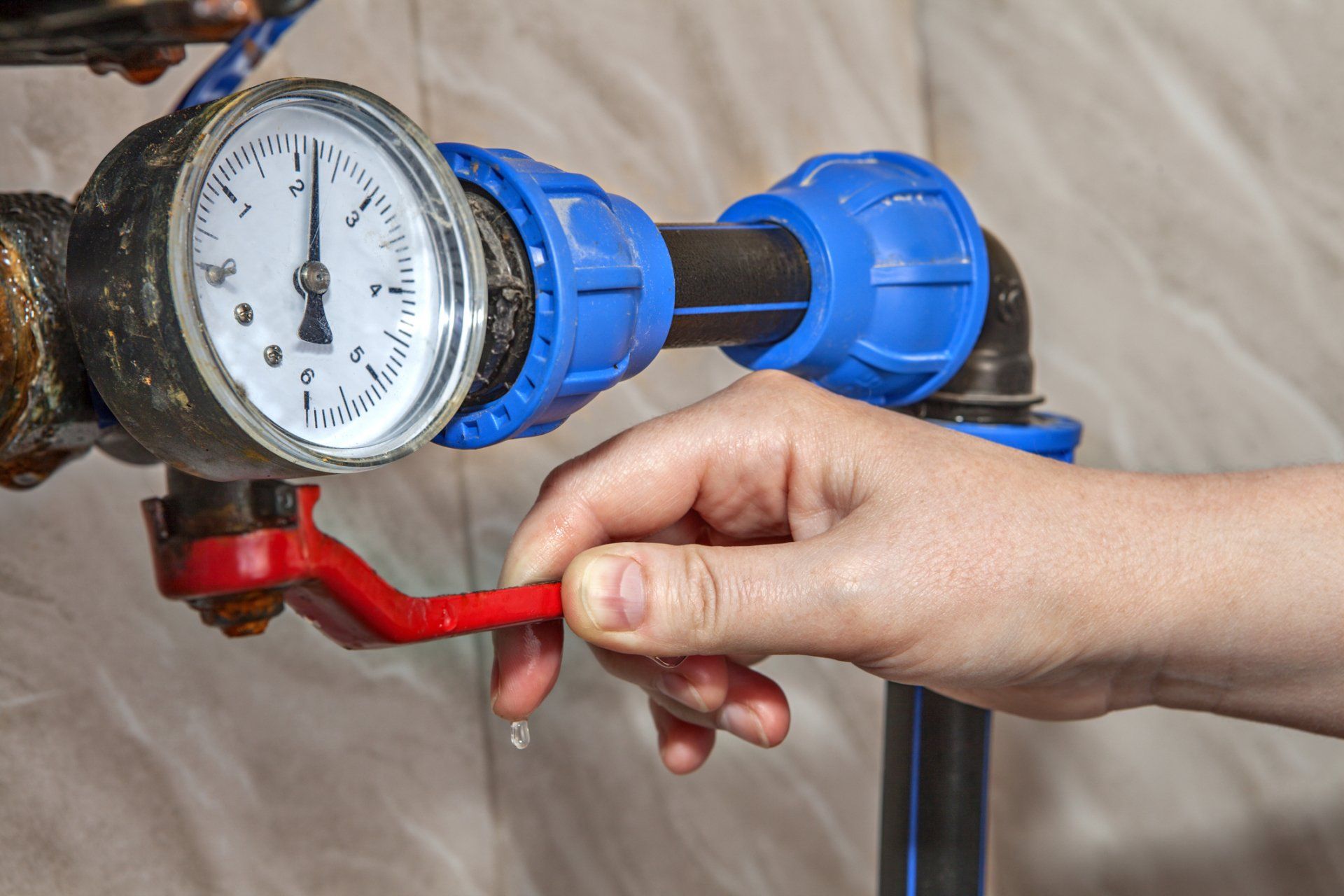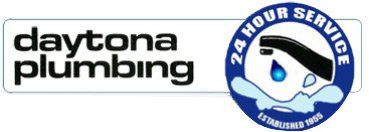Blog Post
Plumbing Knowledge Your Teen Should Have
- By Admin
- •
- 10 Apr, 2019

Now that your tot is a teen, they're ready to handle more responsibility. With the added responsibility comes a sense of independence - and the ability to stay at home alone. But if a pipe bursts or the toilet overflows, will your child know what to do? Before leaving your teen in charge, take a look at the plumbing facts they
need to know.
need to know.
The Shut-Off Valve
While you shouldn't expect your teen to try a major plumbing fix, knowing where the home's main shut-off valve is and how to use it can save you time, money, and serious headaches. Your teen may need to know where this valve is if:
- A pipe bursts. Covering a burst pipe with duct tape or a towel won't stop the flow of water. The easiest way to stop the leak (or flood) is for your teen to turn off the home's water supply.
- A major leak springs. A slowly dripping faucet is irritating. But it isn't an emergency. If a pipe joint loosens or another plumbing issue causes a more serious leak, your teen can prevent water damage by shutting off the main valve.
- A handle breaks. A shower or sink handle that sticks in the ON position can cause a major flooding problem. If possible, your teen should cut off the water supply to the fixture directly. If your teen doesn't know how to do this, the main shut-off is an acceptable alternative.
Take your teen on a tour of the shut-off valve, making sure they know where it is and how to use it. Depending on your home, you may find this outside your home near the water meter, in the basement (on the interior side of the wall from the water meter), or in another access area near the main water meter/line.
The Toilet Plunger
An overflowing toilet can cause water damage, lead to more substantial backups, or pollute your home. Instead of allowing the commode's clog to stay put, your teen can take control and fix the situation.
Unlike major plumbing problems (such as a burst pipe), this type of repair is simple enough for most young adults and adults to handle without professional help. Before your teen starts plunging, make sure they understand:
- The clog's cause. While toilet paper and other similar clogs typically break apart with a simple plunging, serious plumbing problems and large obstructions may require a plumber's attention. Review potential causes and ask your teen to review the reason for the clog first.
- The right plunger. Several different types of plungers exist, each of which has its own purpose. A flange plunger has the best fit to remove clogs from the toilet.
- The role of suction. Without suction, the plunger won't function correctly. Properly instruct your teen on plunging technique, including how to create suction around the drain.
Store the plunger in an easily accessible place, making sure that your teen knows where to find it.
The Plumber's Role
With the popularity of DIY reality shows, it's easy to see how viewers (including teens) can think that they're capable of fixing everything around the home. Your teen needs to understand where their role ends and the professional's begins.
Discuss what types of plumbing situations they should handle on their own and which ones require help. Before expecting your child to handle at-home plumbing problems, they should know:
- When to call you. Review what is and isn't an emergency.
- What not to touch. A broken hot water heater, backed-up sewage drain, and other plumbing issues are serious safety hazards. Make sure your teen knows to stay away from these types of risky situations and wait for a plumber.
- What to tell you. Discuss what types of details your teen needs to provide in order to solve the plumbing problem.
Even though your teen can handle simple plumbing dilemmas, you shouldn't make them responsible for calling the plumber. If your teen is under 18, you'll need to come home for the plumber's visit.
Do you need a professional to fix your home's plumbing issues? Contact Daytona Plumbing for more information.
Share
Tweet
Share
Mail
Contact Us
Thank you for contacting us.
We will get back to you as soon as possible.
We will get back to you as soon as possible.
Oops, there was an error sending your message.
Please try again later.
Please try again later.
Daytona Plumbing
500 Walker St.
Daytona Beach, FL 32117
Phone: 386-253-7674
Fax: 386-255-9860
Business Hours:
24-Hour Emergency

Share
Tweet
Share
Mail




Content, including images, displayed on this website is protected by copyright laws. Downloading, republication, retransmission or reproduction of content on this website is strictly prohibited. Terms of Use
| Privacy Policy
^

